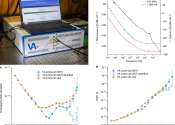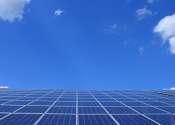Ammonia-fueled marine engine cuts CO₂ emissions by 50%
MW-class marine engine combustion technology that uses ammonia—a future renewable energy source—as fuel will be applied on-site for the first time in Korea. A ship engine fueled by ammonia is expected to accelerate its ...
Jun 10, 2024
0
29









